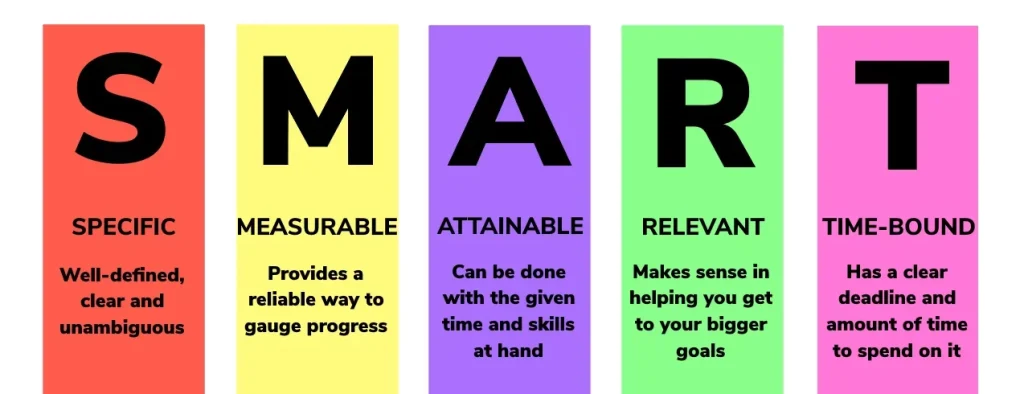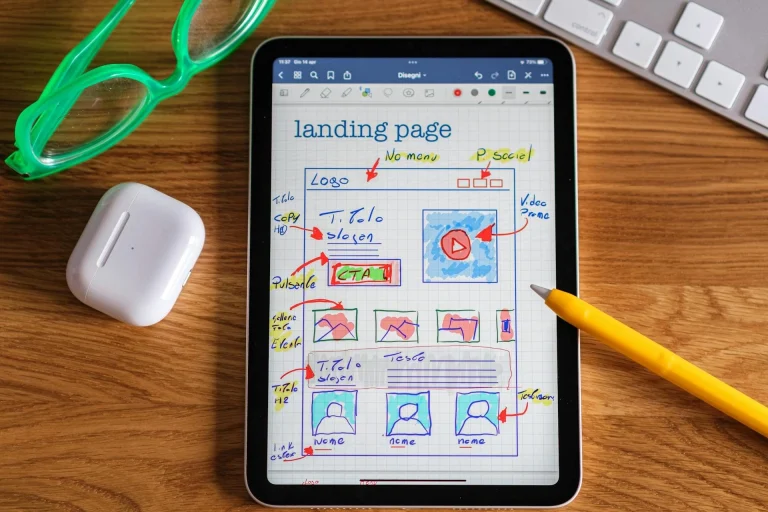If you run a small business, the phrase “digital marketing strategy” might sound like something reserved for big brands with even bigger budgets. But here’s the truth: digital marketing isn’t just for the giants. It’s an equalizer—a way for smaller players to reach their ideal customers, carve out their niche, and compete on their own terms.
So, where do you actually start? What really matters for a small business that wants results without getting lost in buzzwords or burning out on the latest trends? In this guide, I’ll break down the core elements, help you set realistic goals, and show you how to choose digital channels that actually make sense for your business.
Why Small Businesses Need a Digital Marketing Strategy
Let’s get one thing straight: “just posting on social media when you have time” is not a strategy. A real digital marketing plan keeps you focused, stops you from wasting time and money, and helps you measure what’s working—so you can do more of it.
A solid strategy also gives you:
- Direction: Clear steps instead of guesswork.
- Efficiency: Less wasted effort, more consistent results.
- Growth: A framework for scaling up what’s working, not just chasing shiny objects.
Ready to build a strategy that actually moves the needle? Let’s start with the basics.
Core Elements of a Digital Marketing Strategy
There’s a lot of noise out there, but every effective strategy comes down to a few core components:
1. Know Your Audience (and Your Value)
You can’t market to “everyone.” The narrower your focus, the more effective your message. Take the time to define:
- Who your ideal customers are: Age, location, problems, interests, and buying habits.
- What makes your offer unique: What do you do better (or differently) than competitors? Why should someone choose you?
This doesn’t have to mean endless surveys or spreadsheets. Even a handful of real customer conversations can tell you more than hours of guessing.
Tip: If you have a website, tools like Google Analytics or Google Search Console can give you real data about who’s finding you online.
2. Set Realistic, Actionable Goals

A vague goal like “get more sales” won’t help you choose channels or measure progress. Instead, think in terms of SMART goals:
- Specific: What exactly do you want to achieve?
- Measurable: Can you track your progress?
- Achievable: Is it realistic with your resources?
- Relevant: Does it move your business forward?
- Time-bound: Is there a deadline?
Example: “I want to generate 20 qualified leads from my website over the next 3 months.”
This level of clarity guides your tactics and helps you track what’s working.
3. Select the Right Digital Channels
You don’t need to be everywhere—just in the places that matter to your audience and business.
The Most Common Channels for Small Businesses
- Website & SEO: Your website is your digital home base. Optimizing for search (SEO) helps people find you when they need you most. If you want help getting your site noticed, check out my Web Consulting services.
- Google Business Profile: Essential for local businesses. Makes you findable on Google Maps and in local searches.
- Email Marketing: Still one of the highest ROI channels, especially for nurturing existing customers.
- Social Media: Platforms like Instagram, Facebook, or LinkedIn. Don’t chase every new trend—pick the one or two channels your ideal clients actually use.
- Paid Ads: Platforms like Google Ads or Facebook Ads can drive fast results, but only if you know your audience and have a clear offer.
Not every channel will be right for you, and that’s okay. Start with one or two, do them well, and expand as you get more comfortable.
4. Create Content with Purpose
Content isn’t just blog posts. It’s anything you publish: emails, social posts, website pages, even your Google Business Profile. The key? Every piece of content should serve a goal:
- Attract: Blog posts or guides that answer questions your customers are searching for.
- Engage: Social posts, videos, or newsletters that keep your audience interested.
- Convert: Landing pages or special offers that encourage action.
A little strategy goes a long way—quality and relevance always beat quantity.
5. Measure, Learn, Adjust
The best part about digital marketing? You can track almost everything. But don’t get overwhelmed by numbers—focus on a handful of meaningful metrics:
- Website visits & leads
- Social engagement (likes, shares, comments)
- Email open & click rates
- Direct inquiries or sales
Use these numbers to see what’s working, then double down. If something’s not working, tweak your approach—don’t just give up.
How to Set Digital Marketing Goals That Make Sense
Let’s be honest: small businesses don’t have the luxury of giant ad budgets or in-house marketing teams. So, setting realistic goals matters.
Start with your business objectives. Ask yourself:
- What is the single most valuable action a visitor can take on my site? (Contact, book a call, buy, subscribe…)
- How many of these actions do I need per month to meet my business goals?
- What’s a realistic improvement I can achieve in the next 90 days?
If you’re just starting out, aim for consistency over perfection. For example, publishing one useful blog post per month, or sending one newsletter every two weeks, is better than burning out after a week of daily updates.
Choosing the Right Digital Channels (Without Spreading Yourself Too Thin)
If you’re a local business, your priorities might be:
- Google Business Profile
- Simple, mobile-friendly website
- Basic local SEO (making sure your name, address, phone are consistent everywhere)
If you offer professional services, you also need to focus on:
- Website and SEO
- LinkedIn networking
- Content that positions you as an expert (case studies, how-to guides, etc.)
For product-based businesses, consider:
- Website with clear product pages
- Instagram or Facebook for visual storytelling
- Email marketing for repeat sales
Resist the urge to do everything at once. Focus where your customers spend their time and where you’re comfortable showing up consistently.
The Role of Paid Ads (and When They Make Sense)
Paid ads can give you a quick boost, but they’re not a magic bullet. Before you run any ads:
- Make sure your website or landing page is ready to convert visitors.
- Be clear on your offer and who it’s for.
- Set a test budget you can afford to lose while learning.
For most small businesses, paid ads work best when combined with solid organic marketing (SEO, content, and social).
What Really Matters: Consistency and Connection
If you take one thing away from this post, let it be this: Consistency wins over intensity every time. Small, steady actions add up—especially online, where trust builds over time.
Also, remember that marketing isn’t just shouting about your business. It’s about helping, educating, and connecting with the people you want to serve.
Wrapping Up: Your Digital Marketing Next Steps
You don’t need to do it all. Start by understanding your audience, setting one or two clear goals, and focusing on the digital channels that make the most sense for your business. Create content that helps your ideal clients, measure what’s working, and adjust as you learn.
And if you’re looking for a partner to help you cut through the digital noise, I’m here to help. Learn more about my Digital Marketing Services or get in touch for a free, no-pressure consultation.
Ready to start building your own digital marketing strategy? It starts with one small, focused step—let’s take it together.





